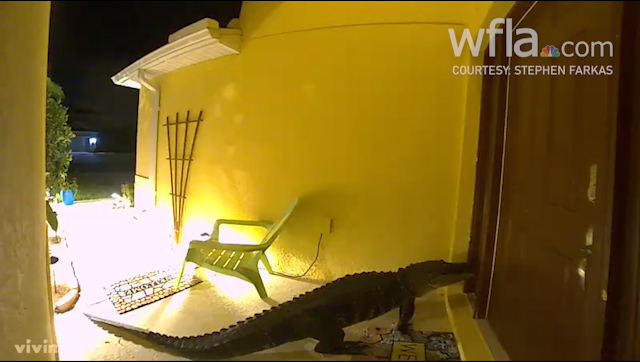GRAND RAPIDS, Mich. (WOOD) — A peaking meteor shower and a full moon will light up the night sky this week.
The Geminid meteor shower is one of the most dependable meteor showers of the year. It has been ongoing since Dec. 4, and it will continue until Dec. 17. The peak will arrive this week, early in the morning on Dec. 14.
According to NASA, the Geminid meteor shower can produce 140 to 150 meteors per hour at the peak, but only with near-perfect viewing conditions. The light from the waxing gibbous moon will complicate viewing at its peak this year.
The moon will set around 3 a.m. EST on Dec. 14, so the time between 3 a.m. and dawn will be the best time to try to spot some meteors. The constellation Gemini is the radiant point for this shower, but you can look in any direction to see the meteors. Just make sure to get away from bright city lights.
Most annual showers originate from comets, but the Geminid meteor shower is unique because it’s associated with an asteroid. We see the Geminid meteors as the earth moves through dust from the asteroid 3200 Phaethon.
If you don’t have luck spotting any meteors this week, you may have better luck spotting the bright, full moon over the weekend. The moon will officially be full just before midnight on Dec. 18. It will look full from Dec. 17 to Dec. 20.
This is the full moon closest to the winter solstice. It is also referred to as the Cold Moon, the Long Night Moon, and the Moon Before Yule.

